8 Pairs of Summer Footwear That Harm Your Legs
Summer is a great time for experiments, and you just cannot do without bright footwear. However, it’s better to remember that shoes should not only complement your sustainable swimwear and swimming bodysuits, but also be safe for your health.
FunnyModo collected 8 types of footwear that complicate your foot functions.
Plimsolls (sneakers)
Advantages:
- Light.
- Comfortable.
- All-purpose.
Disadvantages:
- No sole slope.
The flat sole cannot absorb the shock when your heels hit the ground, causing discomfort to the feet and knees.
Tip: When buying, always pay attention to insoles. It’s better not to exercise in such footwear and avoid wearing them constantly. The best variant is to wear them as a second pair and alternate with another pair every day. If you suffer from plantar fasciitis, you can buy plantar fasciitis insoles here.
Mules
Advantages:
- Visually lengthen your legs.
- Make ankles narrower.
Disadvantages:
- Instability.
No straps to fix the shoe at the foot.
Tip: Don’t wear them often. Mule flats are suitable only to go to the beach. On a city walk, such shoes can cause cracked heels.
Espadrilles
Advantages:
- Comfortable and light footwear.
- Let the skin breathe (if the material is natural).
- Don’t chafe or pinch.
Disadvantages:
- Flat sole.
The design of the shoes doesn’t provide adequate support to the foot arch, so it’s better not to wear them for a long time.
- Non-waterproof material.
This style isn’t suitable for rainy summers.
- Non-durability.
The sole can deform under your weight in a season.
Tip: Choose a strapped model, and pay attention to the arch support (don’t forget about orthopedic insoles) and to the sole roughness (in some models the rope sole isn’t covered with an insole from the inside of the shoe and can chafe the foot while walking).
Flip-flops
Advantages:
- Easy to put on and take off.
- Not afraid of water and sand.
Disadvantages:
- Thin sole, no arch support.
- Don’t protect feet from injuries.
- Feet get tired from excessive muscle tension while walking.
- Calluses between toes.
Tip: Leave these shoes for the swimming pool or beach, and give preference to styles with a thicker sole.
Pointy heels
Advantages:
- Beautiful.
- Make your step light and graceful.
Disadvantages:
- The toe piece form leads to blood circulation disorders in toes.
- The unnatural position of the foot in the shoe changes the load distribution on the leg muscles and leads to a blood outflow disorder from the lower limbs (varices).
- Can inflict injuries.
- Walking in narrow shoes deforms the foot (bunions appear) and squeezes nerves, which is likely to cause a chronic pain syndrome.
Tip: Ensure that you’re comfortable in your shoes and that the heel isn’t too high (the optimal size is a thickened and stable 4-5 cm heel).
Ballet flats
Advantages:
- All-purpose.
- Easy to put on and take off.
Disadvantages:
- Constant wear contributes to the development of flat feet.
- No arch support insoles.
- The foot starts to function improperly, and problems with the knees, hips, and back appear.
Tip: Simple orthopedic inserts will help to avoid pain in the feet, and heel pads will relieve pain in the heels.
Platform shoes
Advantages:
- Make you taller, visually slimmer, and more comfortable than heels.
Disadvantages:
- Foot deformation, locomotive system disorders.
When walking, people should roll from the heel to the toes. In platform shoes, a person moves without rolling. The muscles of the feet don’t work, and leg muscles are overloaded.
- Can inflict injuries.
A high risk of twisting an ankle (may lead to a tendon rupture).
Tip: Wear comfortable sandals with stable heels instead.
Barefoot
It’s not recommended to walk barefoot for a long period of time. The human foot isn’t adapted to walking on an even surface: the floor, sidewalk, or asphalt. This can cause deformation of the foot and promote the development of flat feet.
Preview photo credit rexfeatures

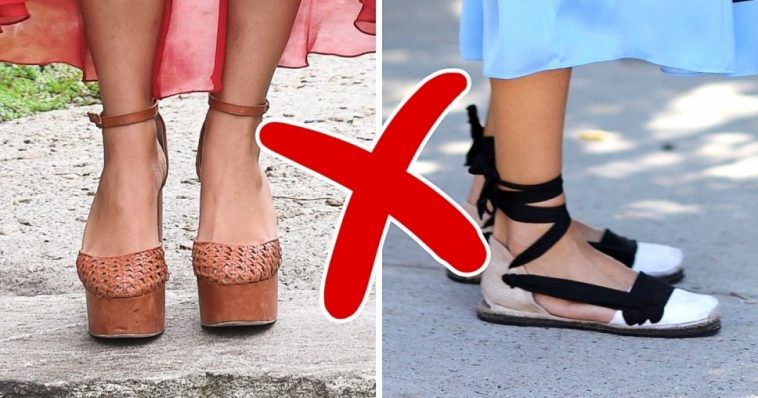
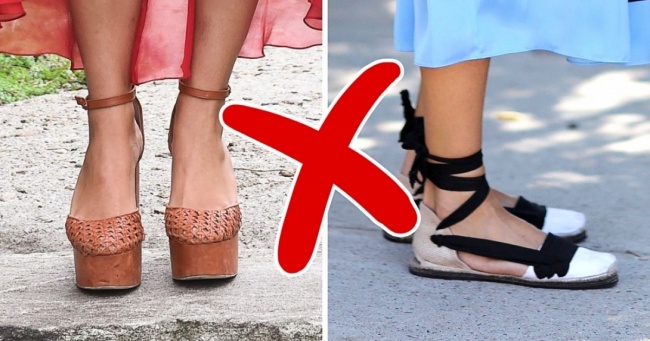
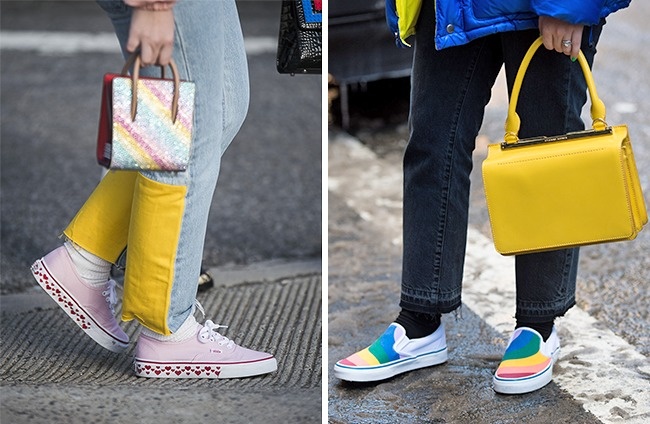
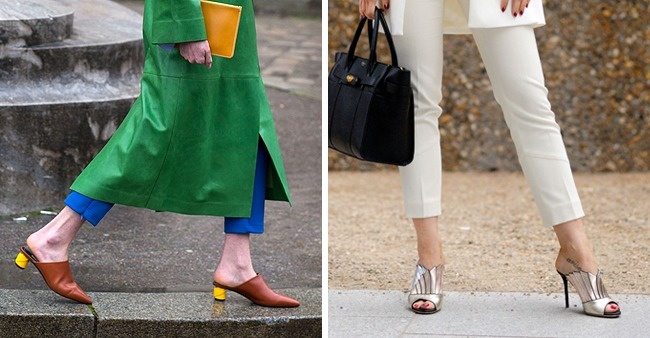
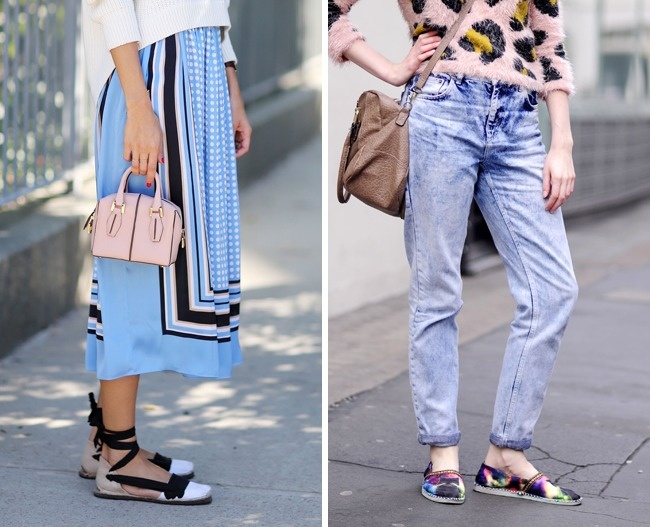
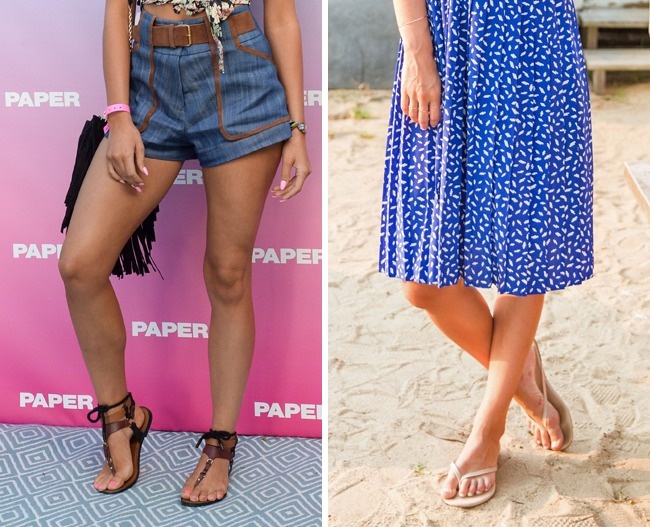
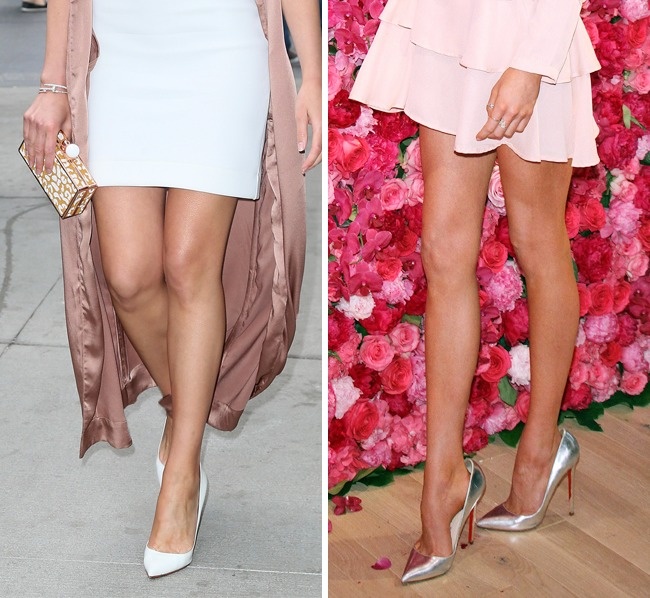
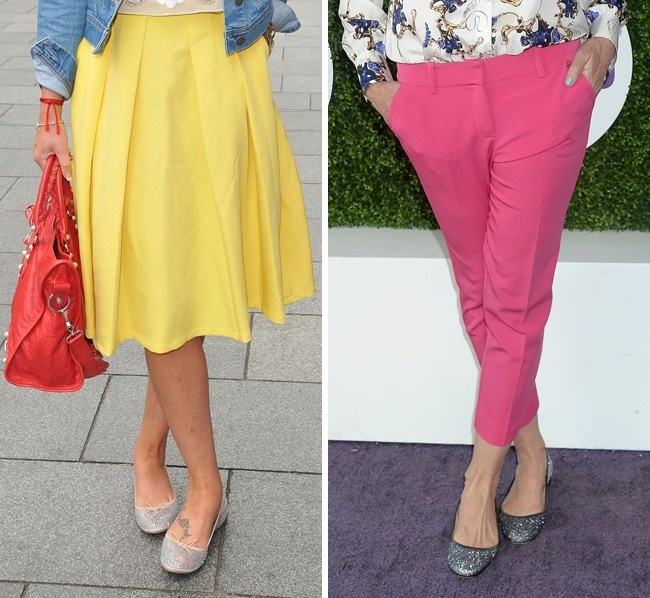
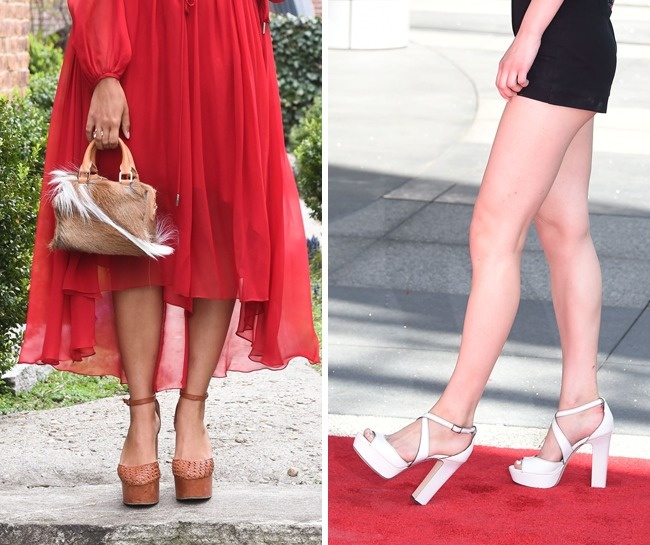



Comments